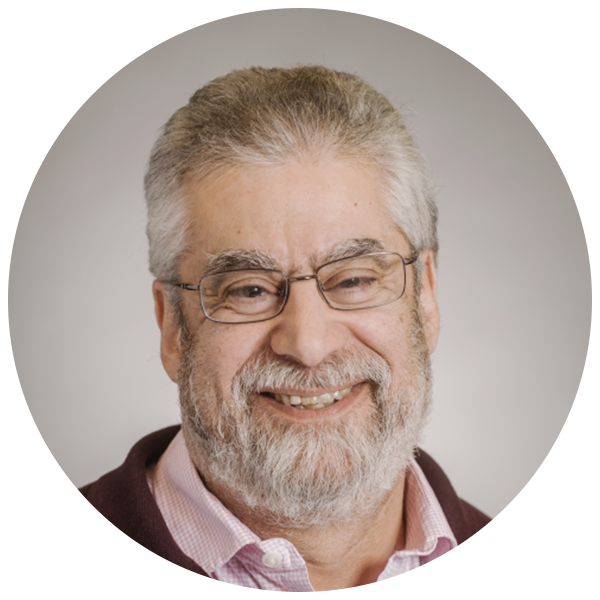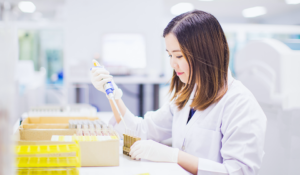
JDRF renews grant support for study examining stem cell transplants for diabetes
JDRF is the leading charitable funder of research into type 1 diabetes in Canada, with a focus on research that will help improve lives today, and lead to disease prevention and cures.
As part of this commitment, JDRF is renewing its support of an important study led by the University of Toronto’s Medicine by Design bioengineering department. Executive director Dr. Michael Sefton is being awarded almost $430,000 USD to study how skin cells may play a key role in establishing an environment that is suitable for successful stem cell transplants for people living with type 1 diabetes (T1D).

Sefton and his team are exploring new ways for insulin-producing cells to be transplanted into people living with T1D. Their research examines ways to engineer tissues so that transplanted insulin-producing cells are not rejected by the immune response. In clinical islet transplantation, insulin-producing cells are transplanted into the liver of people living with T1D. In this scenario, though, the immune system often acts up and makes the liver a hostile environment for the transplanted cells.
Even with the use of immunosuppressive drugs, the transplanted insulin-producing cells can stop working, and the people need to return to insulin therapy. The success of the transplant can therefore be short lived.
Sefton’s lab is exploring ways to use the skin, instead of the liver, as a transplant site. By using a more accessible site the hope is that the transplanted cells can receive nutrients from blood vessels, and ultimately survive and produce insulin when blood sugar levels are elevated. In addition, the team is investigating ways to prevent rejection of the transplanted cells that will not require use of conventional immunosuppressive drugs, which can have serious side effects.
The JDRF grant to Dr. Sefton will be pivotal in supporting his team as they continue to explore ways to create an environment that supports transplantation of insulin-producing cells. This renewed funding will support the team as they seek to answer the following important questions:
- Can blood vessels be created so that the skin has a better supply of nutrients for the transplanted cells to survive? Insulin producing cells that have access to blood vessels after transplant can be healthier and better able to produce insulin for longer periods of time. Having previously studied a material containing methacrylic acid (MAA) that can stimulate creation of new blood vessels, Sefton’s lab will continue to understand how MAA can support the insulin-producing cells’ transplant.
- Are there ways for the immune system of the person with T1D to not to reject the new transplanted cells? The team will explore whether they can minimize the immune response by delivering special immune cells found in the skin, known as dendritic cells, so that the transplanted cells are recognized by the immune system and not targeted as being foreign, and rejected. Using the natural ability of the immune system to protect, rather than reject, the transplanted cells will be pivotal in helping the transplanted therapy have potential clinical impact.
Medicine by Design, where Dr. Sefton’s lab is located, was founded in 2015, thanks in part to a $114-million grant from the Canada First Research Excellence Fund. Focused on regenerative medicine, Medicine by Design-funded researchers use engineering, mathematics, medicine and physical and life sciences to develop new therapies for diseases such as stroke, heart failure, and diabetes.
JDRF is excited to once again fund this innovative work and we look forward to sharing research updates as they become available. Thank you to our donors for supporting this important work.




